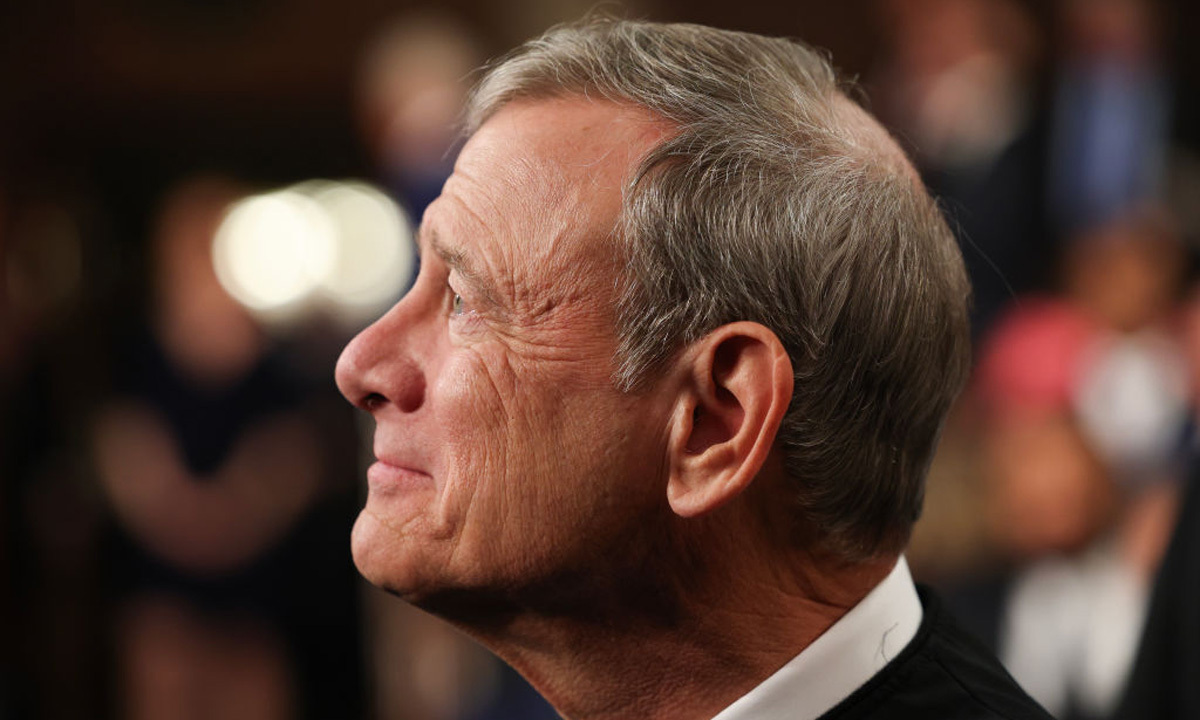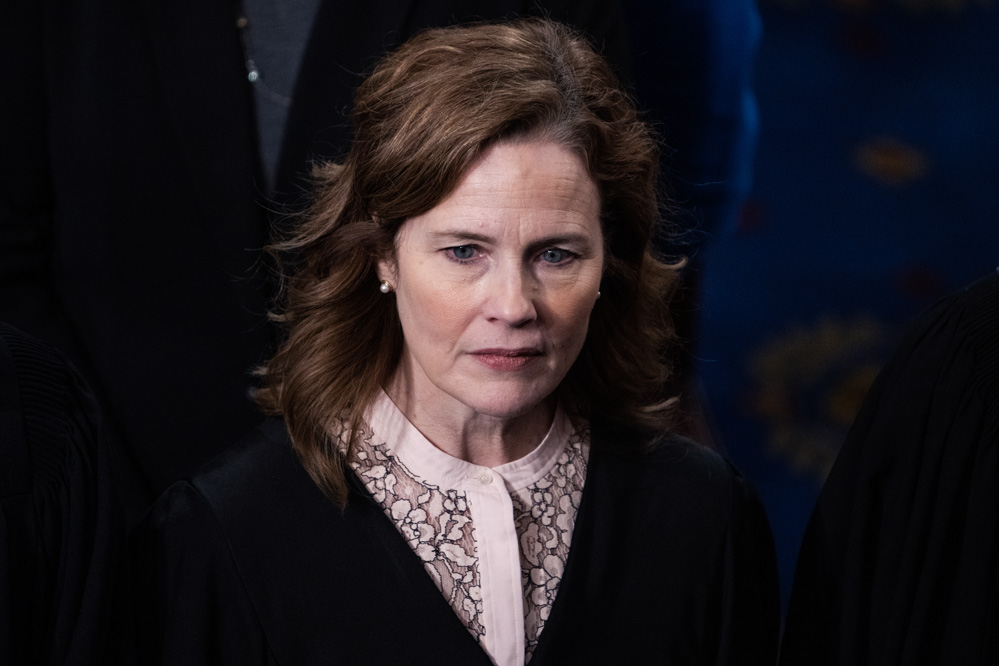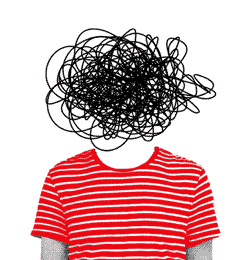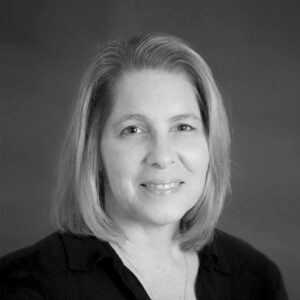‘A Day to Exhale’: Supreme Court Deadlocks on Religious Charter Schools — For Now
Experts suspect Chief Justice John Roberts sided with liberals because he feared ‘the possibility of killing charter schools.’

Get stories like this delivered straight to your inbox. Sign up for The 74 Newsletter
Charter supporters and those wary of the eroding separation of church and state heaved a sigh of relief Thursday when an evenly split U.S. Supreme Court blocked the opening of what would have been the nation’s first religious charter school.
But the reprieve may be short-lived. Both supporters and opponents recognize the constitutional debate over whether publicly-funded charter schools can explicitly promote religion isn’t settled.
“It’s obviously disappointing,” said Nicole Garnett, a Notre Dame University law professor. But the decision — a 4-4 tie — doesn’t set a precedent, she said. “The issue remains alive and will undoubtedly resurface soon.”
Garnett’s novel legal argument in favor of charters being private inspired Catholic church leaders in Oklahoma to apply for a charter in 2023. But ironically, her long and close friendship with Justice Amy Coney Barrett is the likely reason for the split decision.
As The 74 reported in March, Garnett and Barrett met as Supreme Court law clerks in 1998, both taught at Notre Dame and raised their children in the same neighborhood. Josh Blackman, an associate professor at the South Texas College of Law, and a friend of Garnett’s, predicted at the time that the case “might go to a 4-4 decision.”
“I feel bad for Nicole,” he said. “This is her life’s work.”
Barrett recused herself from the case, and in a simple one-page order, the justices said the state supreme court’s ruling last year to deny a charter to St. Isidore of Seville Catholic Virtual School stands — for now.
“It’s a day of celebration and relief,” said Robert Franklin, a former member of the Oklahoma virtual charter board who voted against the school’s application. “I am not so naive [to think] that the matter doesn’t find breath again at a later date, but for today, it’s a day to exhale.”
While the opinion doesn’t say how the justices decided, experts largely suspect that Chief Justice John Roberts played a central role and sided with the three liberals on the court. Early in April’s oral arguments, he appeared skeptical of the school’s assertion that Oklahoma didn’t create or control the school.
The conservative-leaning court, which has increasingly ruled in favor of expanding religious freedom, agreed to hear the case just four days after President Donald Trump took office. Roberts is the author of the three most recent opinions that Garnett and other scholars consider to be a “trilogy” — a 2016 case over whether a religious school could participate in a state program offering playground resurfacing materials and two cases involving state funds for religious education, in 2020 and 2022. But Roberts is also known for restraint. The potential disruption to nearly 8,000 schools nationwide may have proved to be too much for the chief justice, said Robert Tuttle, a professor of law and religion at the George Washington University Law School.
The case “seemed to many people like a vehicle for expanding the idea of school choice as broadly as possible,” Tuttle said. But he speculated that the court — most likely Roberts — “recognized the concerns … that this would have the possibility of killing charter schools.”
He agrees with Garnett that a similar case could rise to the court, but for now, the matter remains unsettled. Even in cases of a tie, justices can issue their own opinions, something they did not do in this case.
“If it were settled, then you would have opinions,” he said. But the case presented multiple “red flags under the Establishment clause.” Thursday’s ruling, he said, means that when it comes to faith-based charter schools, the line between religious freedom and government entanglement is unclear. “What we know is that the Supreme Court doesn’t know it either.”
The decision leaves many Catholic families in Oklahoma, especially those in rural areas, without a publicly funded faith-based option. In a statement, Archbishop of Oklahoma City Paul Coakley and David A. Konderla, the bishop of Tulsa, said that they are “exploring other options for offering a virtual Catholic education to all persons in the state.”
Days before the oral arguments, Starlee Coleman, president and CEO of the National Alliance for Public Charter Schools, warned the court and the Trump administration that declaring charter schools to be private would threaten funding for students since state laws define them as public.
Others argued that a decision in favor of religious charter schools would compromise civil rights protections since many faith-based schools deny admission or services to LGBTQ students or kids with disabilities.
“Families choose public charter schools because they provide innovative, student-centered learning environments tailored to students’ unique needs and because they are accountable to families and taxpayers,” Coleman said in a statement Thursday. “That’s what makes them special, and that’s what we’re here to protect.”

The administration, as part of its school choice agenda, has heavily promoted charter schools since January by removing Biden-era regulations and increasing funding. But some experts say states might tweak charter school laws to clarify that charters are public despite being operated by private organizations.
“The fact that it was as close as it was is a signal. This is a chance to make some changes because it’s going to come up again,” said Preston Green, an education and law professor at the University of Connecticut. He has recommended that states amend laws to clarify that board members for charter schools are public officials.
Green recognizes that Thursday’s outcome may have been a fluke. A recusal such as Barrett’s is unlikely to happen again. “There’s just no guarantee that Coney Barrett is going to side with the liberals. There’s no guarantee that Roberts — or whoever it was — would come out that way the second time around.”
Get stories like these delivered straight to your inbox. Sign up for The 74 Newsletter

;)
